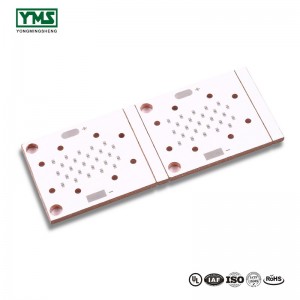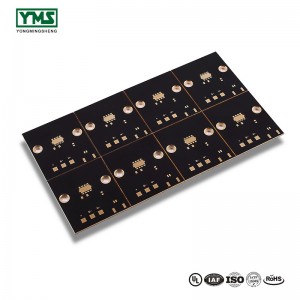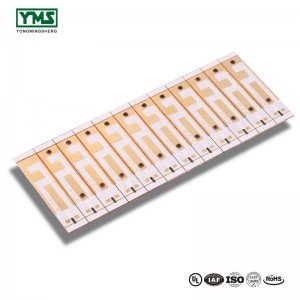Copper-coating, in which unused space on a PCB is used as a base level and then filled with solid copper, is called copper pouring.
The significance of copper coating lies in reducing ground resistance, improving anti-interference ability, reduceing voltage drop, improving power efficiency, connecting to ground lines and reducing loop area.
If there are many PCB places, such as SGND, AGND, GND, etc., how to cover copper?
In my practice, according to the position of PCB board, the main "ground" is used as the reference for independent copper coating, and the digital ground and analog ground are used for copper coating.
At the same time, before copper coating, first bold the corresponding power line: v5.0v, v3.6v, v3.3v (SD card power supply), etc.
In this way, multiple deformation structures of different shapes are formed.
Copper coating needs to deal with several issues:
1. Different single point connections.
2. For the copper coating near the crystal oscillator, the crystal oscillator in the circuit is a high-frequency emission source. The method is to apply copper around the crystal oscillator, and then ground the shell of the crystal oscillator separately.
3. The island (dead zone) problem, if feel very big, then define a hole to add in the cost of not much.
In addition, a large area of copper cladding is good or grid copper cladding, not to generalize.
Why?
Large area of copper coating, if the wave soldering, the plate may be up, or even blistering.
From this point, the mesh heat dissipation is better.
Usually is the high frequency circuit to resist the interference request high multi-purpose grid, the low frequency circuit has the high current circuit and so on commonly complete copper coating.
You May Like:
Post time: Sep-04-2019



